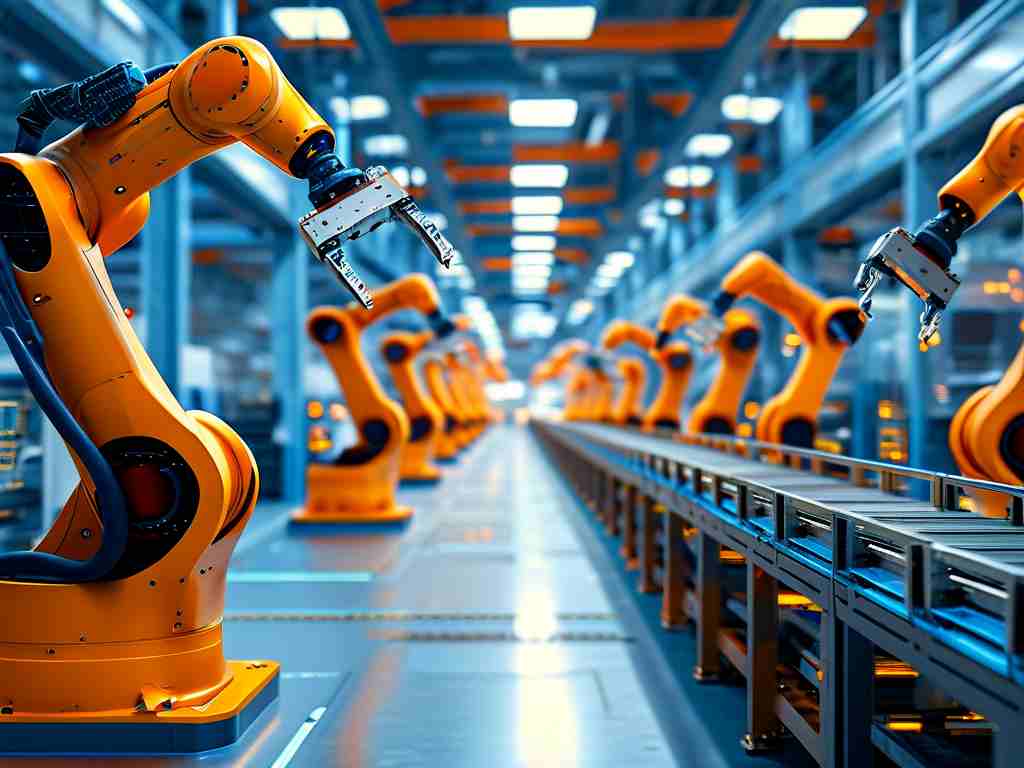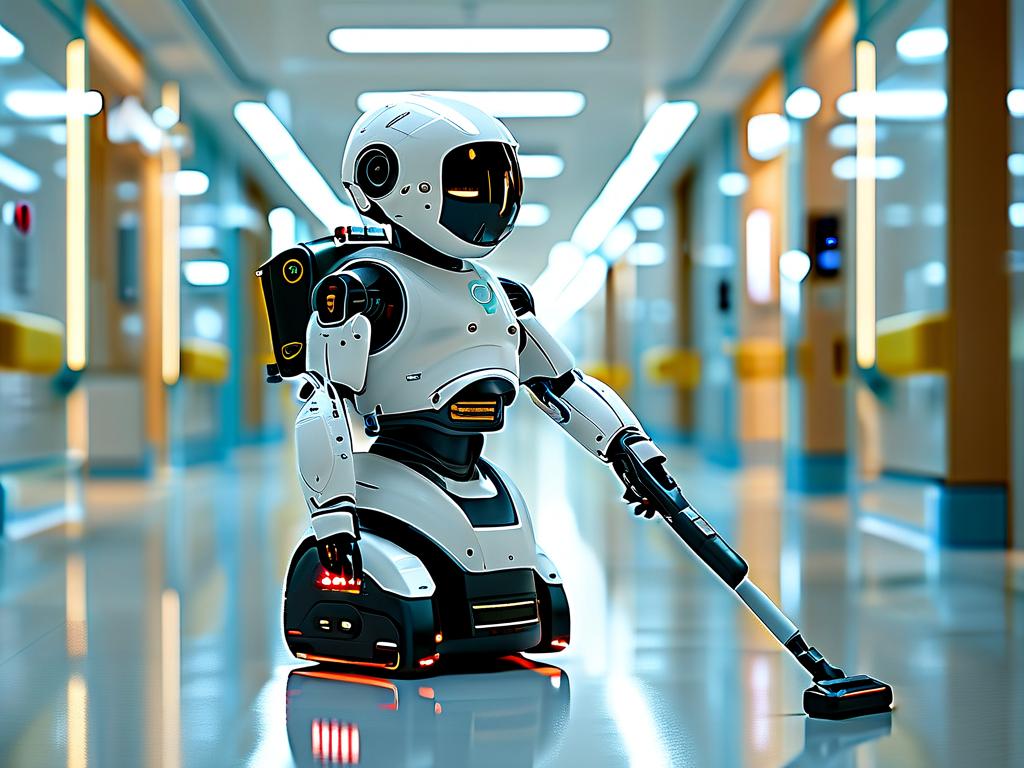The integration of robotic systems into industrial manufacturing has revolutionized processes that were once labor-intensive and error-prone. Among these innovations, robotic drum assembly technology stands out as a critical advancement for industries requiring precise, high-volume container handling. This technology combines mechanical engineering, artificial intelligence, and sensor-based feedback to automate the loading, sealing, and labeling of drums—a task traditionally reliant on manual labor.

Technical Foundations and Workflow
At its core, robotic drum assembly relies on programmable logic controllers (PLCs) and multi-axis robotic arms equipped with specialized end-effectors. These components work in tandem to grip, position, and secure drums weighing up to 500 pounds. For example, a typical system might use vacuum grippers for empty drum placement and torque-sensitive tools for lid fastening. Machine vision systems, often powered by convolutional neural networks (CNNs), enable real-time quality checks, identifying defects like misaligned labels or imperfect seals with 99.7% accuracy.
A key differentiator in modern systems is adaptive path planning. Unlike static automation, these robots dynamically adjust their movements based on input from LiDAR and infrared sensors. This allows them to handle variations in drum size or orientation without manual recalibration—a feature particularly valuable in facilities processing custom orders.
Industry Applications
The chemical and pharmaceutical sectors have been early adopters of this technology. In hazardous environments where human exposure must be minimized, robots equipped with ATEX-certified components safely handle toxic substances. A 2023 case study at a German chemical plant revealed a 40% reduction in spillage incidents after implementing robotic drum lines.
Food-grade applications present unique challenges addressed through material science innovations. Stainless steel robotic components with nano-coatings prevent bacterial growth, while force-controlled filling nozzles ensure precise measurements of viscous liquids like syrups or oils. These systems often integrate with blockchain-enabled tracking modules, creating immutable records of fill levels and sterilization timestamps for regulatory compliance.
Economic and Operational Impacts
While the initial investment for a robotic drum assembly line ranges from $200,000 to $1.2 million, ROI timelines have shortened dramatically. Modular designs allow gradual implementation—a facility might start by automating only lid placement before expanding to full assembly. Predictive maintenance algorithms further reduce downtime by analyzing motor vibration patterns and hydraulic fluid quality, preemptively scheduling repairs during low-production periods.
Labor dynamics are shifting as well. Rather than eliminating jobs, many manufacturers report workforce upskilling. Technicians now oversee robot fleets using augmented reality (AR) interfaces that overlay performance metrics onto physical equipment. This transition has led to a 22% increase in average wages for maintenance roles in the U.S. manufacturing sector since 2020.
Challenges and Future Directions
Despite its advantages, the technology faces hurdles. Standardizing communication protocols remains problematic—older facilities using Profibus networks struggle to integrate with modern OPC-UA-enabled robots. Cybersecurity concerns also persist; a 2024 report by Industrial Defender identified vulnerabilities in 68% of robotic drum systems using default credential settings.
Looking ahead, researchers are experimenting with quantum-resistant encryption for robotic control systems and self-healing polymers for wear-prone components. The emergence of 6G networks promises to enhance real-time coordination between distributed drum assembly cells, potentially enabling fully autonomous "dark factories" by 2030.
As industries continue to prioritize efficiency and safety, robotic drum assembly technology will likely become ubiquitous. Its evolution reflects broader trends in smart manufacturing—where mechanical precision meets digital intelligence to redefine what’s possible in industrial automation.









